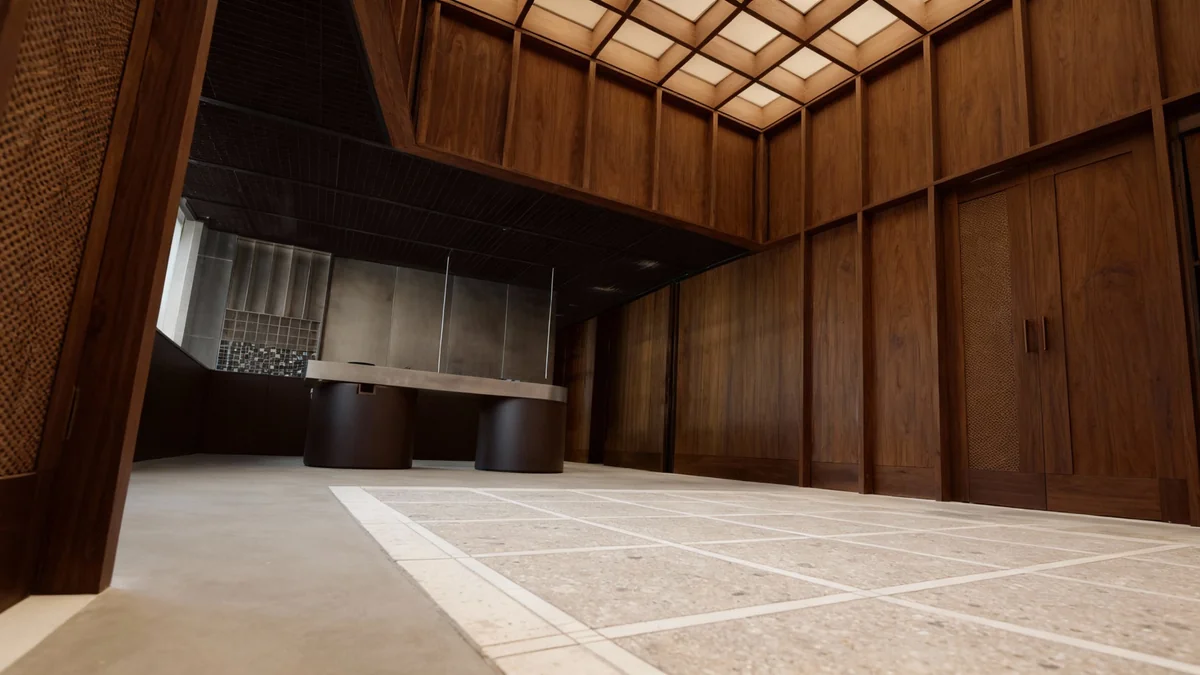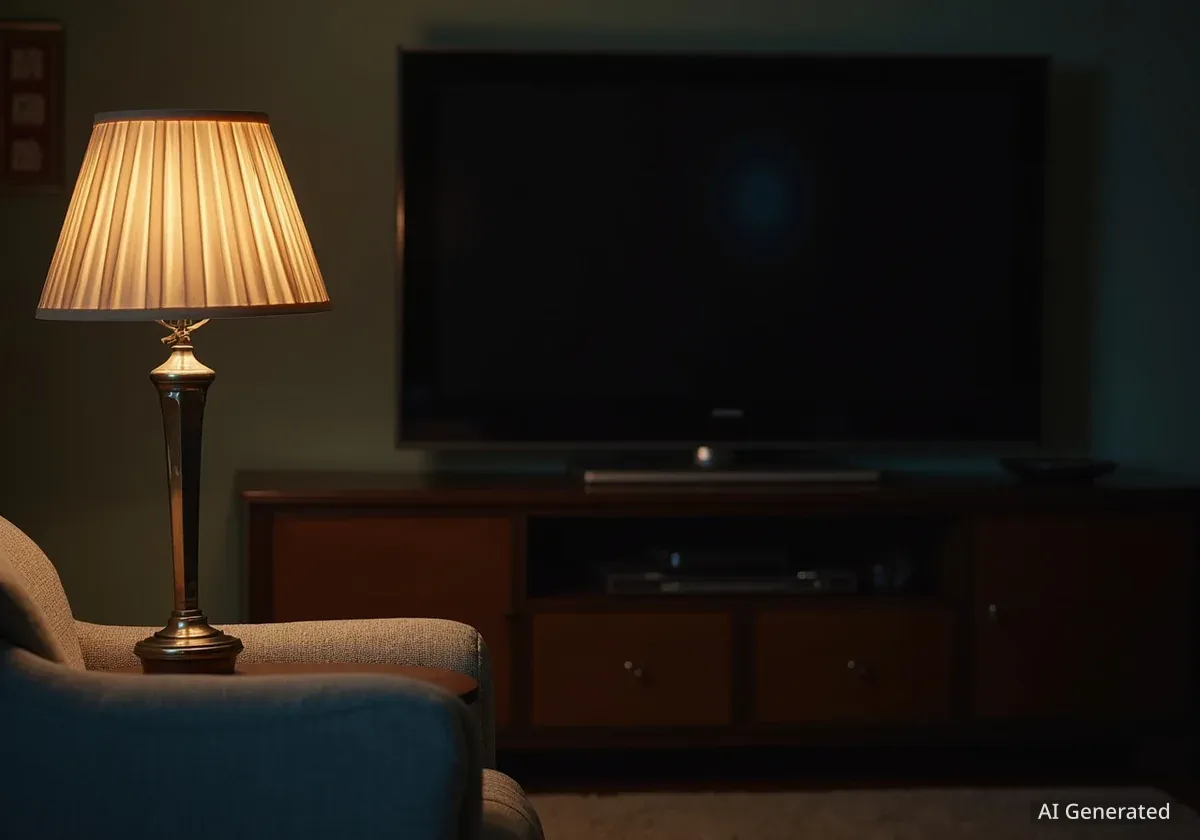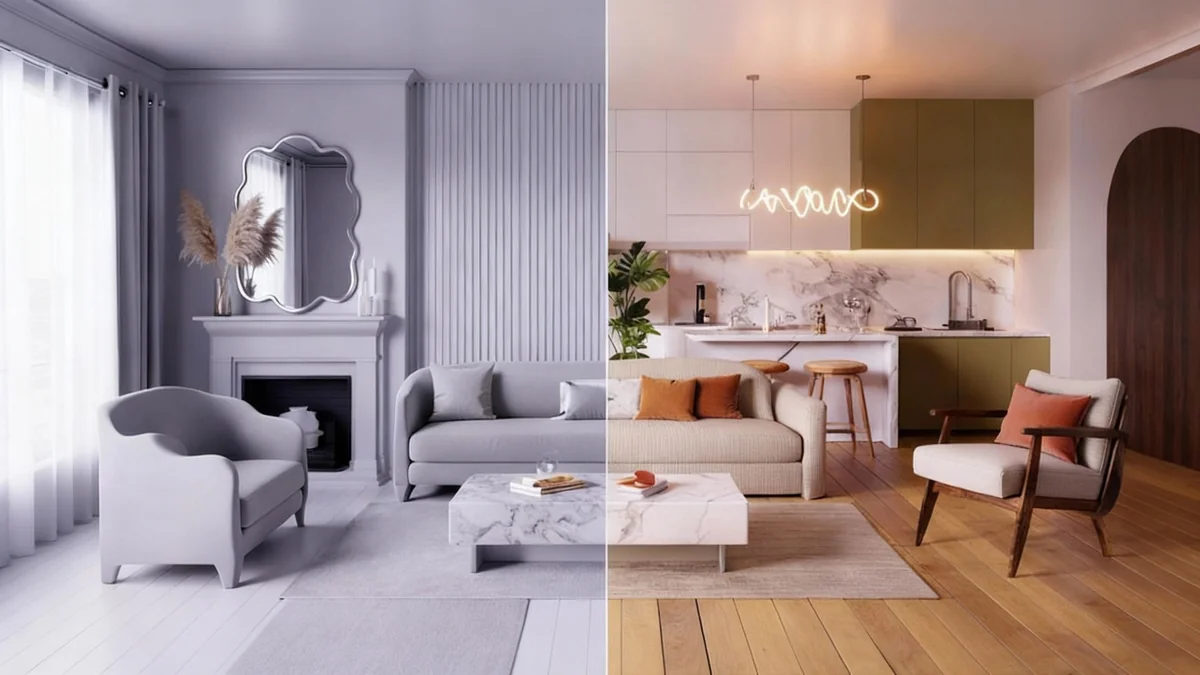Making a home feel truly welcoming begins at the front door. Interior designers emphasize that a thoughtful entryway sets the tone for the entire living space, creating an immediate sense of comfort and invitation for both residents and guests. This initial impression balances practical functionality with aesthetic appeal, moving beyond mere decoration to foster a 'lived-in' atmosphere.
Key Takeaways
- Entryways should blend functionality with style using pieces like console tables and art.
- Incorporating greenery and soft textures adds warmth and balance to the space.
- Layered lighting and personal accents make a home feel lived-in and inviting.
- A streamlined design ensures cohesion and avoids clutter.
- Personal touches, such as heirlooms or travel mementos, reflect the homeowner's personality.
The Importance of a Functional Entryway
The entryway serves a dual purpose: it welcomes visitors and provides a practical space for daily life. Homeowners use this area to store items like shoes, coats, and mail immediately upon entering. This functionality is crucial for maintaining an organized and stress-free environment.
Interior designer Yvonne Harty highlights the value of embracing a "lived-in look." She notes that welcoming homes are not sterile, staged environments. Instead, they feel collected and comfortable, with furniture arrangements that encourage conversation and interaction.
"Welcoming homes aren’t perfect showcase homes where everything is staged beautifully," says Yvonne Harty. "Instead, they feel lived-in and collected with furniture pieces placed to encourage conversations."
Quick Tip
A console table with a large piece of art or a mirror, along with fresh flowers, can significantly enhance an entryway's appeal and functionality.
Achieving a Streamlined Design
While the goal is a lived-in feel, a streamlined design remains essential. Morgan Blinn, lead designer at Rumor Designs, advises selecting cohesive pieces that create a curated and unified aesthetic. This approach ensures that every element complements each other, defining the space without overwhelming it.
A well-curated entrance does not require expensive or luxurious items. The focus should be on practical, minimal pieces that work together to create a welcoming first impression. Avoiding clutter is paramount to achieving a peaceful and inviting atmosphere.
Cohesive Elements for a Unified Look
- Furniture: Choose pieces that match in style or color palette.
- Decor: Select decorative items that complement the overall theme.
- Storage: Incorporate functional storage solutions that blend seamlessly with the design.
Integrating Natural Elements and Soft Textures
Bringing nature indoors is a simple yet effective way to add warmth and life to an entryway. Greenery, whether real or high-quality faux plants, instantly energizes a space. Plants can fill empty corners, adorn shelves, or be placed in decorative planters.
Blinn notes that greenery enhances the visual appeal of entryways and adds a natural pop of color. For those without a "green thumb," realistic artificial plants offer an excellent alternative, providing the same aesthetic benefits without the maintenance.
Design Principle
The concept of biophilic design, which integrates natural elements into built environments, has been shown to improve well-being and create more inviting spaces.
Soft textures further contribute to a cozy and inviting atmosphere. Harty suggests layering materials like linen, leather, or natural wood. These textures can appear in various forms, including soft rugs, throw pillows, blankets, and window treatments. Balancing different textures creates depth and visual interest in the room.
"Texture and natural materials instantly add warmth and make a home more inviting," Harty explains. "It's important in design to balance the room."
The Art of Layered Lighting
Lighting is often an overlooked design detail, yet it plays a critical role in creating a welcoming home. Harty emphasizes the importance of layered, decorative lighting, which combines ambient, task, and accent lighting. This approach allows homeowners to adjust the lighting based on the time of day or desired mood.
Warm light bulbs contribute to a cozy atmosphere. Incorporating wall sconces, lamps, and overhead fixtures strategically throughout the home ensures that every area is well-lit and inviting. Different lighting types serve various purposes, from providing overall illumination to highlighting specific architectural features or decor.
Types of Lighting for Entryways
- Ambient Lighting: General illumination, often from overhead fixtures.
- Task Lighting: Focused light for specific activities, like reading mail at a console table.
- Accent Lighting: Highlights decorative elements, such as artwork or plants.
Adding Personal Touches
Ultimately, a welcoming home reflects the personality of its inhabitants. Personal touches are what truly make a space feel unique and inviting. Harty suggests incorporating heirloom furniture pieces, cherished artwork, family photographs, or travel mementos.
These items tell a story, sparking conversations and making guests feel more connected to the home. Thrift stores and antique shops are excellent resources for finding unique pieces that resonate with personal style and help create a distinctive look.
While personal items are vital, Blinn advises adopting a "less is more" philosophy. Focusing on a few meaningful pieces prevents visual clutter and maintains a peaceful, inviting environment. Clearing away excess decor ensures that chosen items stand out and contribute positively to the overall aesthetic.
By blending functionality, streamlined design, natural elements, layered lighting, and personal touches, homeowners can create an entryway that truly makes a statement and welcomes everyone who steps inside.




